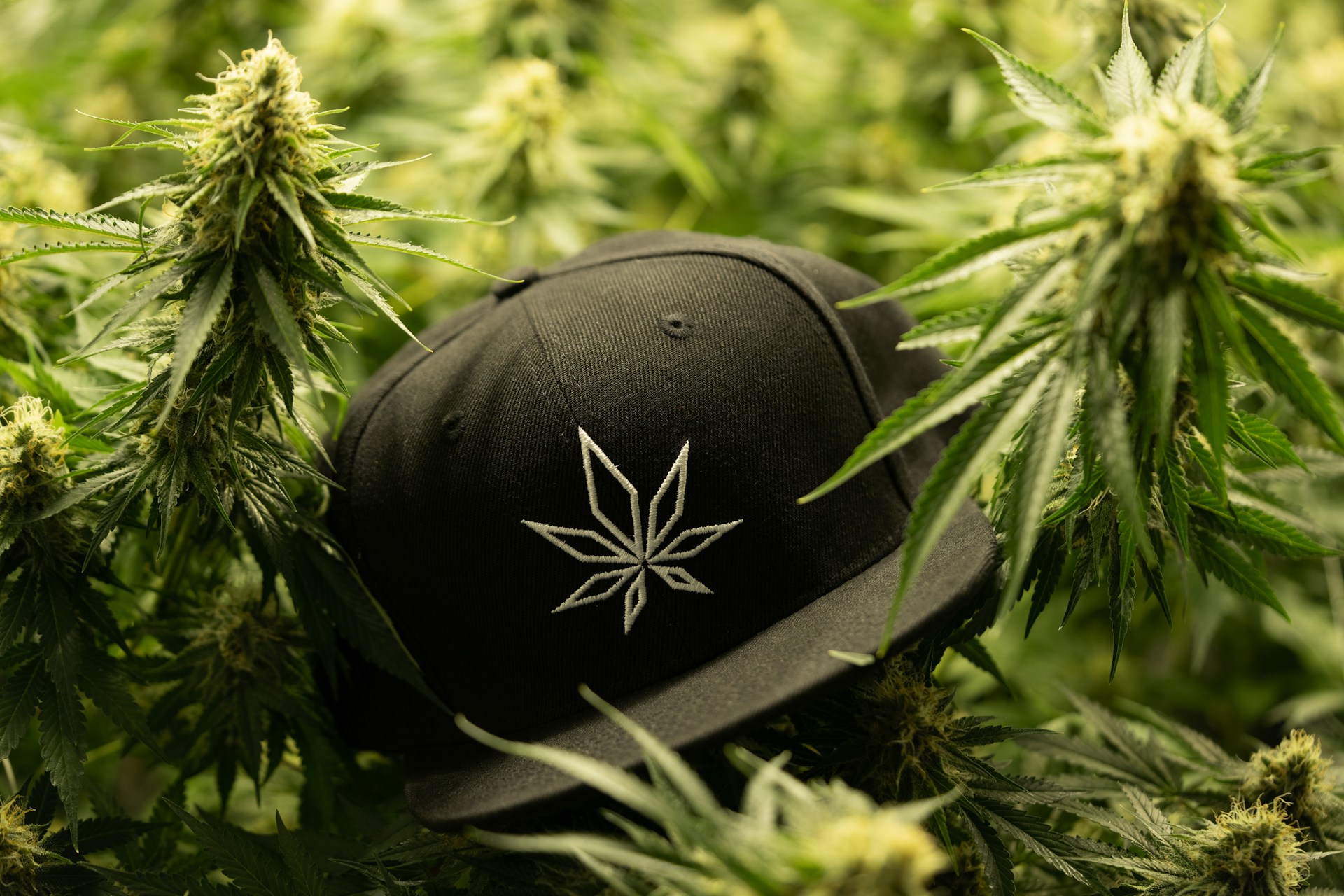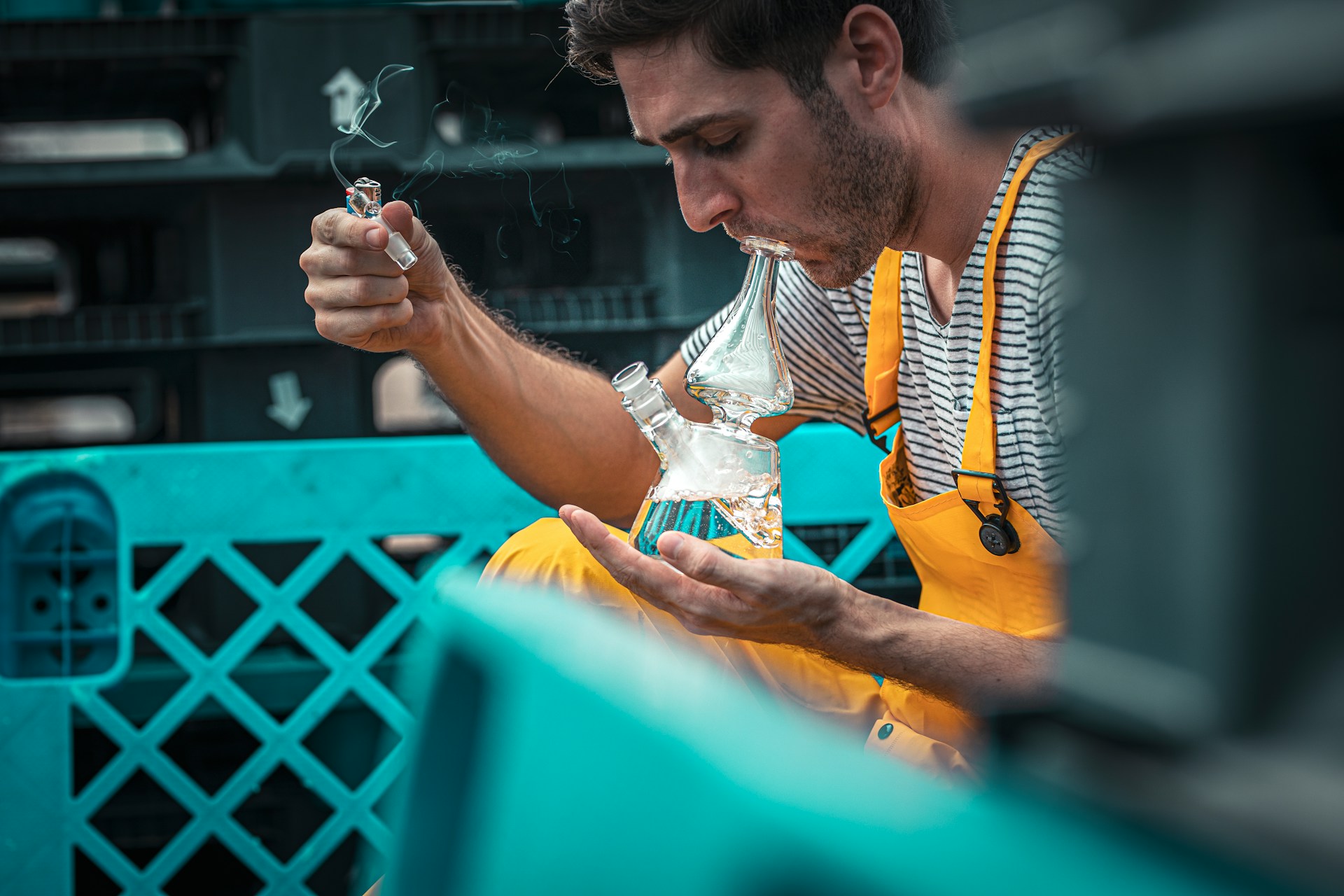Growing cannabis can be an exciting and rewarding experience. Whether you’re interested in cultivating your own medicine or exploring the art of horticulture, understanding the basics is essential for success. In this beginner’s guide, we’ll provide you with valuable tips and techniques for growing cannabis plants both indoors and outdoors. From lighting and nutrients to harvesting and curing, let’s delve into the world of cannabis cultivation.
Tips and Techniques for Successful Cultivation
-
Choosing the Right Growing Environment:
Before you start growing cannabis, decide whether you’ll cultivate it indoors or outdoors. Indoor cultivation offers more control over environmental factors, such as light, temperature, and humidity. Outdoor cultivation takes advantage of natural sunlight but relies on favorable weather conditions and privacy. Consider your available space, budget, and local regulations to make an informed choice.
-
Lighting:
Proper lighting is crucial for healthy plant growth. If you’re growing indoors, invest in high-quality grow lights like LEDs, High-Intensity Discharge (HID) lights, or Fluorescent lights. Different stages of plant growth require specific light spectrums, so be sure to choose lights that cater to both vegetative and flowering phases. Follow recommended light cycles (18-24 hours of light during vegetative phase, 12 hours of light during flowering phase) to mimic natural sunlight.
-
Nutrients:
Cannabis plants require a balanced nutrient regimen to thrive. Use nutrient-rich soil or choose a hydroponic system for indoor growing. Essential nutrients include nitrogen (N), phosphorus (P), and potassium (K), along with micronutrients like calcium, magnesium, and iron. Start with a quality cannabis-specific fertilizer and adjust the nutrient levels based on plant growth and any nutrient deficiencies that may arise. Remember to follow the manufacturer’s instructions for dosage and application.
-
Watering and Humidity:
Maintaining the right moisture levels is crucial for healthy plant growth. Avoid overwatering, as it can lead to root rot and other issues. Allow the soil to dry out slightly between watering sessions. Monitor humidity levels as well, aiming for around 40-60% during the vegetative phase and slightly lower (30-40%) during flowering. Adequate airflow and ventilation will help prevent mold and mildew.
-
Training and Pruning:
To optimize your yield and create an even canopy, consider training and pruning your cannabis plants. Techniques such as low-stress training (LST), topping, and scrogging can help control plant height, promote lateral growth, and improve light penetration. Regularly inspect your plants for any signs of pests or diseases, and address them promptly using organic pest control methods or approved insecticides if necessary.
-
Harvesting:
Harvesting at the right time is essential for potent and flavorful buds. Pay attention to the trichomes—small resinous glands—on the flowers. When they turn milky white or amber, it’s usually an indication that the plant is ready for harvest. Use a magnifying glass or a smartphone macro lens to get a closer look at the trichomes. Harvesting too early or too late can significantly impact the overall quality of your crop.
-
Drying and Curing:
After harvesting, it’s time to dry and cure your cannabis buds. Hang the trimmed branches upside down in a cool, dark, and well-ventilated space with a humidity level of around 45-55%. This process helps remove excess moisture while preserving the potency and flavor of the buds. After drying, cure the buds by placing them in airtight containers like glass jars. Open the jars daily to release built-up moisture and allow for optimal curing.
Cultivating cannabis can be a fulfilling journey for beginners. By understanding the basics of lighting, nutrients, watering, training, harvesting, and curing, you’ll be well-equipped to grow healthy and potent cannabis plants. Remember to research local laws and regulations, seek advice from experienced growers, and always prioritize the well-being of your plants. Enjoy the process and the rewards of growing your own cannabis!
Disclaimer: Cannabis cultivation may be subject to legal restrictions in your jurisdiction. Consult local laws and regulations before proceeding with any cannabis-related activities.
Note: This article is intended for informational purposes only and does not constitute professional advice. Always consult with experts and reliable sources for specific guidance on cannabis cultivation.






